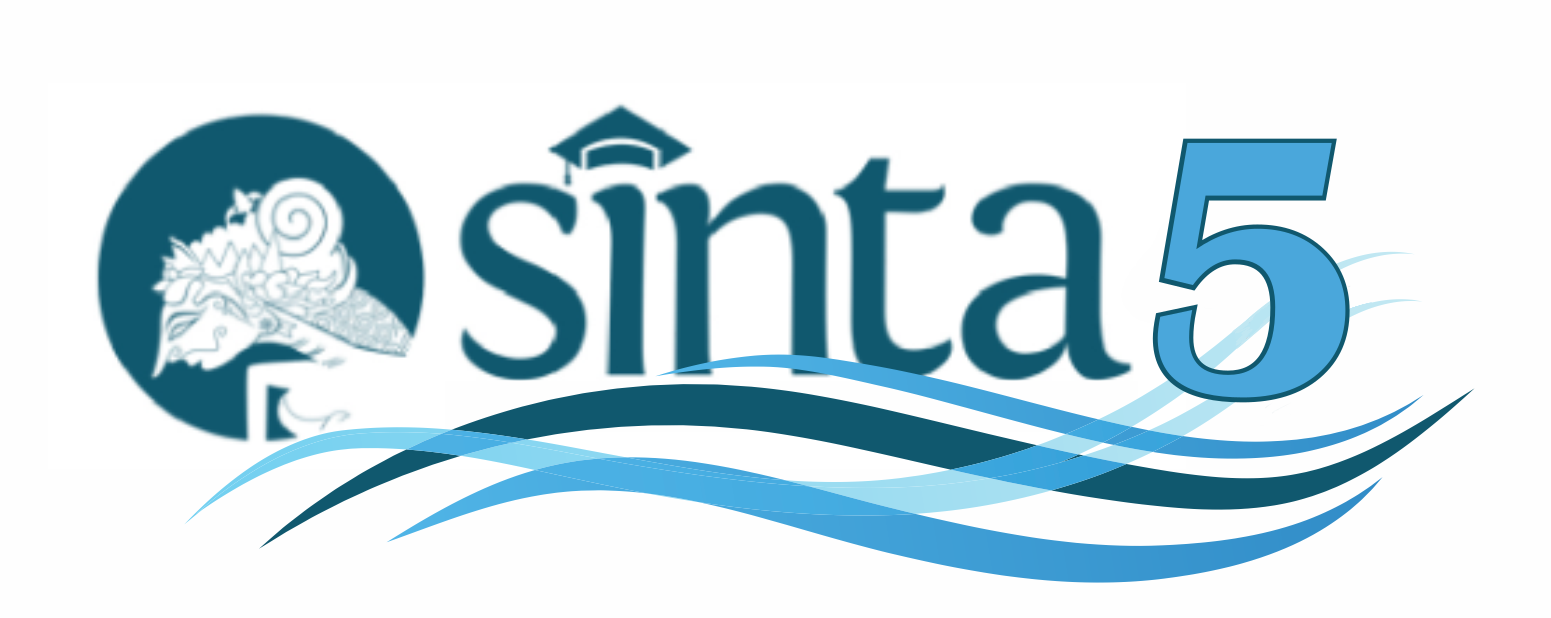Kerapatan Dan Penutupan Lamun Di Perairan Desa Tayando Yamtel Kecamatan Tayando Tam Kota Tual.
DOI:
https://doi.org/10.31957/acr.v5i1.2260Abstract
Research on the density and cover of seagrass in the waters of Tayando Yamtel Village, Tam District, Tual City, was carried out in March-May 2018, using the quadrant linear transect method. The results of the study found three species of seagrass, namely Cymodocea rotundata, Cymodocea serrulata and Thalassia hemprichii. The highest density values at stations I and III were Cymodocea rotundata, namely 90.598 ind/m2 and 80.02 ind/m2. The highest density value at station II was Cymodocea serrulata, which was 88.24 ind/m2. The total density of all species at each station is included in the dense category with the status of seagrass conditions in the waters of Tayando Yamtel Village at station II being in good, healthy and rich condition, while at stations I and III in less healthy and less rich conditions.
Downloads
References
Arifin, 2001. Ekosistem Padang Lamun. Jurusan Ilmu Kelautan. FIKP. Universitas Hasanuddin. Makassar.
Badan Pusat Statistik (BPS) Kabupaten Maluku Tenggara. 2013.
Braun-Blanquet, J. 1965. Plant Sociology: The Study Of Plant Communities. Hafner, London.
Broun, J.J.W.M. 1985. A preliminary study of the Thalassodendron ciliatum (FORSK) Den Hartog from Eastern Indonesia. Aquatic Botany, 23: 249-260
Christon, D.O.S dan Purba, N.P. 2012. Pengaruh Tinggi Pasang Surut Terhadap Pertumbuhan dan Biomassa Daun Enhalus acoroides di Pulau Pari Kepulauan Seribu Jakarta. Jurnal Perikanan dan Kelautan Unpad. Vol.3, No.3:287-294
Fachrul, M.F.2007. Metode Sampling Ekologi. Bumi Aksara: Jakarta
Feryatun, Fiki, Hendrarto Boed, Widyorini Niniek. 2012. Kerapatan Dan Distribusi Lamun (Seagrass) Berdasarkan Zona Kegiatan Yang Berbeda Di Perairan Pulau Pramuka, Kepulauan Seribu. Journal Of Management Of Aquatic Resources. Volume, Nomor, Tahun 2012, halaman 1-7.
Hartati, R.,Widianingsih., Santoso. A, Endrawati, H.,Zainuri. M, Riniatsih. I, Saputra W.L, Mahendrajaya, T. R. 2017. Variasi Komposisi Dan Kerapatan Jenis Lamun Di Perairan Ujung Piring, Kabupaten Jepara. Jurnal Kelautan Tropis November 2017 Vol. 20(2):96–105. ISSN 0853-7291.
Hemminga M.A. Duarte C.M., 2000. Seagrass ecology. Cambridge University. Press.
Hutomo, M dan Nontji, A. 2014. Panduan Monitoring Padang Lamun. COREMAP-CTI LIPI. Jakarta.
Kementerian Lingkungan Hidup. 2004. Keputusan Menteri Negara Lingkungan Hidup Nomor 200 Tahun 2004 tentang Kriteria Baku Kerusakan dan Pedoman Penentuan Status Padang Lamun. Jakarta: Kementerian Lingkungan Hidup. 16 hlm.
Khouw, A S. 2016. Metode Dan Analisa Kuantitatif Dalam Bioekologi Laut. Alfabeta. Bandung.
Kordi, K.M.G.H. 2011. Ekosistem Lamun (Seagrass): Fungsi, Potensi, dan Pengelolaan. Cet 1. Jakarta: Rineka Cipta.
Lanyon, J. 1986. Seagrass of the Great Barrier Reef. Great Barrier Reef Marine Park Authority Special Publication Series (3), 54 hal.
Nontji, A. 2005. Laut nusantara. Penerbit djambatan. Jakarta.
Romimohtarto, K dan Juwana,S. 2001. Biolog Laut: Ilmu Pengetahuan tentang Biologi Laut. Penerbit Djambatan, Jakarta.
Setyono, D. E. J. 1985. Mengenal Lamun dan Lingkungan. Lonawarta. No. 3. LIPI. Lembaga Oseanografi Nasional. Stasiun Penelitian Ambon.
Tomascik,T.A.J.Mah; A Nontji and M. K.Moosa. 1997. The ecology of the Indonesian seas. Part two. Published by periplus editions (HK) Lid. Singapore.
Waycott, M., K. McMahon, J. Mellors, A. Calladine, dan D. Kleine. 2004. A Guide to Tropical Seagrasses of the Indo-West Pacifik. James Cook University, Townsville-Queensland-Australia.
Downloads
Published
Issue
Section
License
Authors who publish with this journal agree to the following terms:
- Authors retain copyright and grant the journal right of first publication with the work simultaneously
licensed under a Creative Commons Attribution-NonCommercial-ShareAlike 4.0 International License
that allows others to share the work with an acknowledgement of the work's authorship and initial
publication in this journal. - Authors are able to enter into separate, additional contractual arrangements for the non-exclusive
distribution of the journal's published version of the work (e.g., post it to an institutional repository
or publish it in a book), with an acknowledgement of its initial publication in this journal. - Authors are permitted and encouraged to post their work online (e.g., in institutional repositories or
on their website) prior to and during the submission process, as it can lead to productive exchanges,
as well as earlier and greater citation of published work (See The Effect of Open Access).




















